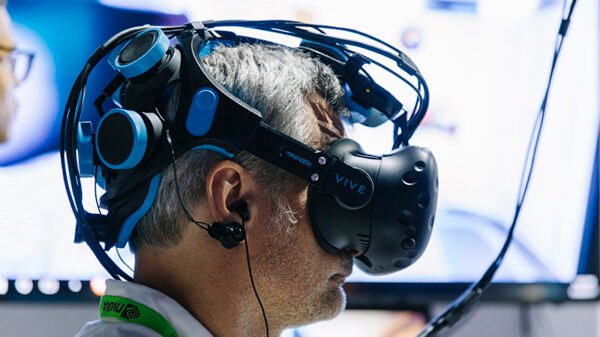Mit’s Algorithm for Robots: Improving Navigation in Uncertain Environments
MIT has made significant advancements in robotics with the development of an innovative algorithm that enhances the navigation capabilities of robots in uncertain environments. This algorithm not only optimizes travel time but also improves overall efficiency, allowing robots to navigate complex and unpredictable surroundings with ease.
The Need for Efficient Robot Navigation
As robots become increasingly integrated into various industries and applications, their ability to navigate efficiently and effectively in uncertain environments becomes crucial. Uncertain environments can include areas with obstacles, changing conditions, or dynamic elements that require quick decision-making and adaptability.
Traditional navigation algorithms often struggle in such environments, leading to inefficient paths, increased travel time, and potential collisions. MIT’s algorithm aims to address these challenges by leveraging advanced techniques and technologies.
How MIT’s Algorithm Works
MIT’s algorithm utilizes a combination of machine learning, artificial intelligence, and sensor data to improve robot navigation. The algorithm is designed to learn from past experiences and adapt its navigation strategies based on real-time feedback and environmental cues.
One of the key features of this algorithm is its ability to predict and anticipate potential obstacles or changes in the environment. By analyzing sensor data and leveraging machine learning techniques, the algorithm can make informed decisions on the most efficient path to take, avoiding obstacles and adapting to dynamic conditions.
Furthermore, the algorithm takes into account factors such as energy consumption and battery life, optimizing the robot’s travel time while ensuring efficient resource utilization. This is particularly important in scenarios where robots operate autonomously for extended periods without human intervention.
Benefits and Applications
The use of MIT’s algorithm for robot navigation offers numerous benefits and opens up a wide range of applications across various industries. Some of the key advantages include:
- Improved Efficiency: The algorithm significantly reduces travel time and energy consumption, leading to improved overall efficiency for robots operating in uncertain environments.
- Enhanced Safety: By accurately predicting and avoiding potential obstacles, the algorithm minimizes the risk of collisions and ensures the safety of both the robot and its surroundings.
- Adaptability: MIT’s algorithm enables robots to adapt to changing conditions and dynamic environments, making them more versatile and capable of handling complex tasks.
- Optimized Resource Utilization: The algorithm considers factors such as battery life and energy consumption, ensuring efficient resource utilization and maximizing the robot’s operational capabilities.
The applications of this algorithm are vast and diverse. For example, in industrial settings, robots equipped with MIT’s algorithm can navigate warehouses, factories, or construction sites with efficiency and precision, improving productivity and reducing operational costs.
In the healthcare sector, robots can navigate hospital corridors and rooms, assisting with tasks such as delivering medication or transporting medical equipment. The algorithm’s adaptability allows robots to quickly navigate through crowded spaces and avoid obstacles, ensuring timely and efficient delivery of critical resources.
Additionally, the algorithm can be applied in autonomous vehicles, drones, and various other robotic systems, enabling them to navigate complex urban environments and respond to dynamic traffic conditions.
Conclusion
MIT’s algorithm for robot navigation in uncertain environments represents a significant breakthrough in the field of robotics. By leveraging advanced techniques such as machine learning and artificial intelligence, this algorithm enhances efficiency, safety, and adaptability, enabling robots to navigate complex and unpredictable surroundings with ease.
The applications of this algorithm are diverse and have the potential to revolutionize various industries, from manufacturing and healthcare to transportation and logistics. As technology continues to advance, MIT’s algorithm paves the way for a future where robots can navigate with precision, efficiency, and safety, ultimately enhancing productivity and improving our daily lives.




































